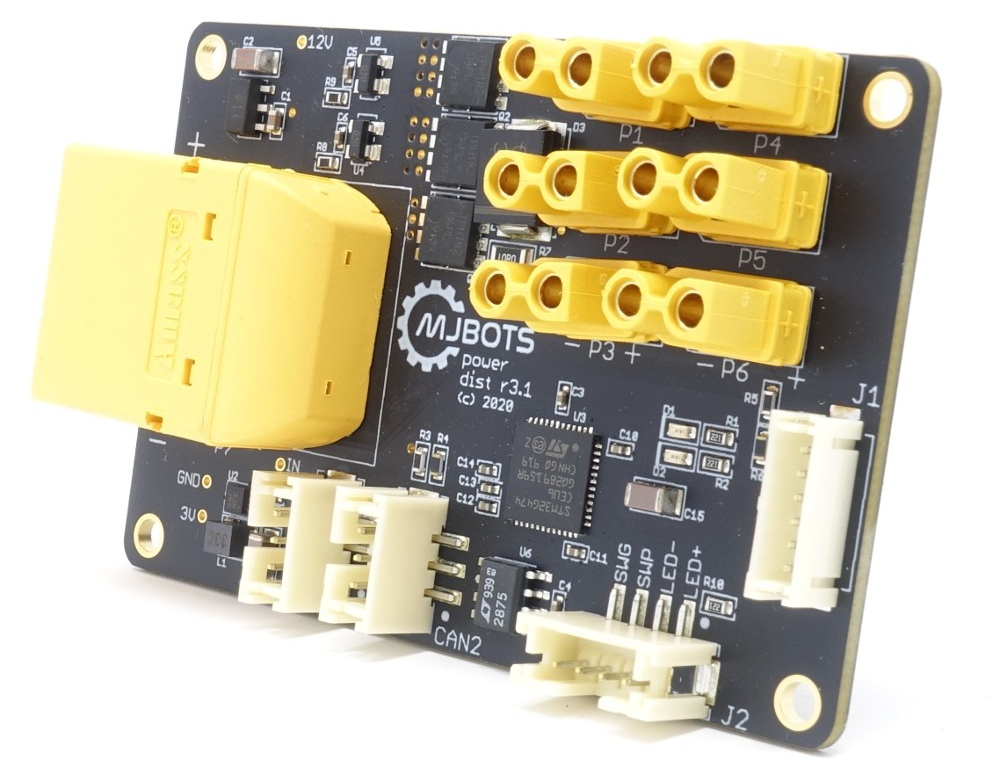Cartesian leg PD controller
As I am working to improve the gaits of the mjbots quad A1, one aspect I’ve wanted to tackle for a long time is improving the compliance characteristics of the whole robot. Here’s a small step in that direction.
Existing compliance strategy
The quad A1 uses qdd100 servos for each of its joints. The “qdd” in qdd100 stands for “quasi direct drive”. In a quasi direct drive actuator, a low gearing ratio is used, typically less than 10 to 1, which minimizes the amount of backlash and reflected inertia as observed at the output. Then, high rate electronic control of torque in the servo based on current and position feedback allows for dynamic manipulation of the spring and dampening of the resulting system.

